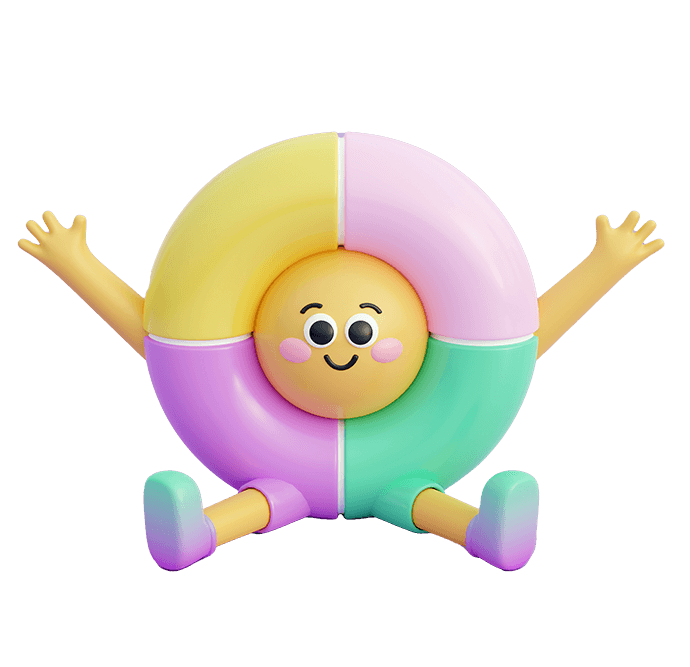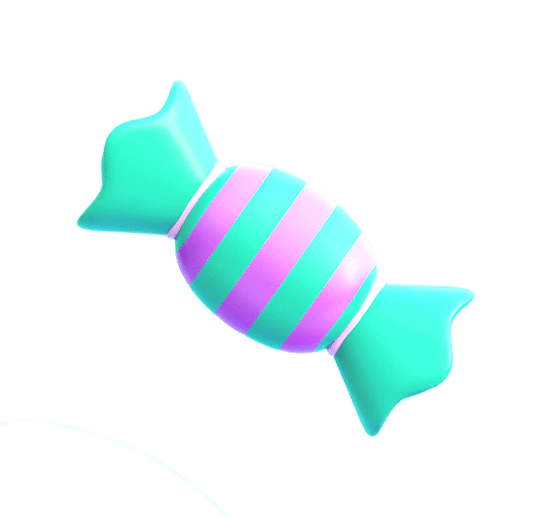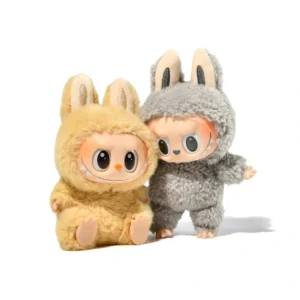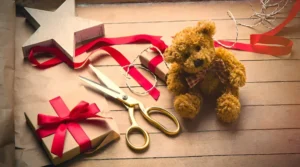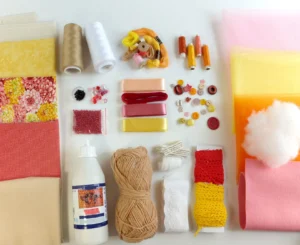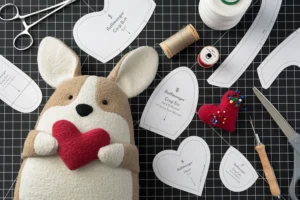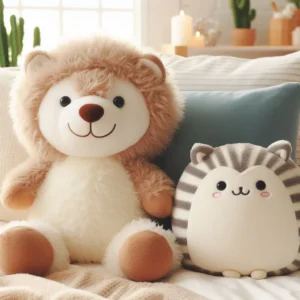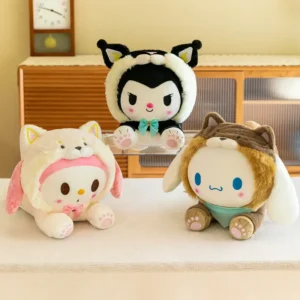Soft toys bring comfort and joy, but over time, they often lose their original fluffiness. Restoring that softness not only revives the toy’s appeal but also extends its life.
Soft toys lose fluffiness due to dirt buildup, fiber matting, and compression from use. Proper washing, drying, and care techniques can restore softness without damaging the toy. Understanding fabric types and restoration methods ensures lasting cuddly companions.
Let’s explore how to bring soft toys back to life, keeping them fluffy and lovable.
1.What causes soft toys to lose their fluffiness over time?
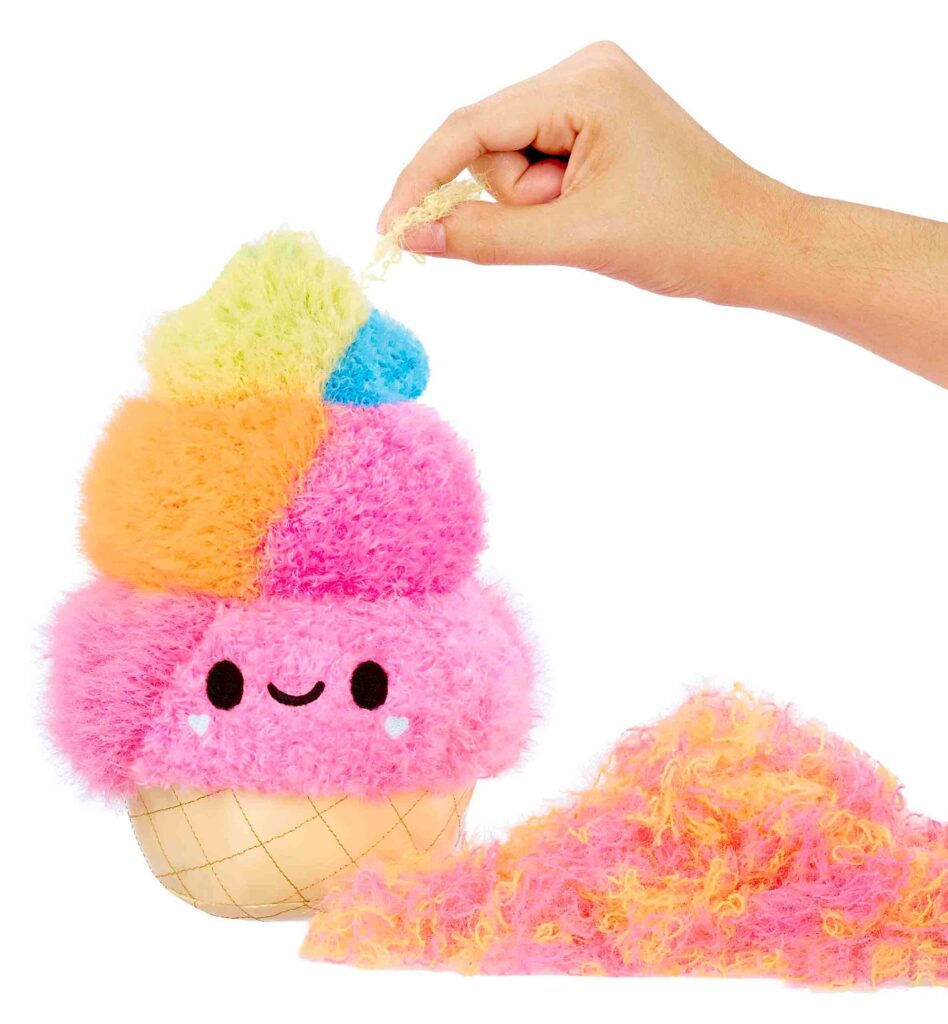
Soft toys lose fluff mainly because of dirt, dust, body oils, and repeated compression. The fibers in the fabric and stuffing get matted or flattened, reducing softness and volume.
Everyday use, improper washing, and storage in tight spaces can cause fibers to stick together and fillings to clump, making the toy look worn and less cuddly.
- Dirt and oils: Accumulate on the surface, weighing down fibers.
- Compression: Sitting or squeezing breaks fiber structure and compresses filling.
- Improper washing: Harsh detergents or agitation damage fibers and fillings.
- Aging materials: Over time, fibers naturally degrade and lose bounce.
| Cause | Effect on Plush Toy | Prevention or Repair Approach |
|---|---|---|
| Dirt & oils | Matted fibers, dull texture | Regular gentle cleaning |
| Compression | Flattened shape | Fluffing, proper storage |
| Harsh washing | Fiber breakage | Gentle wash cycles |
| Material aging | Loss of elasticity | Replacement or professional care |
Understanding these helps target the right restoration method.
2.How can washing techniques restore softness without damaging the toy?
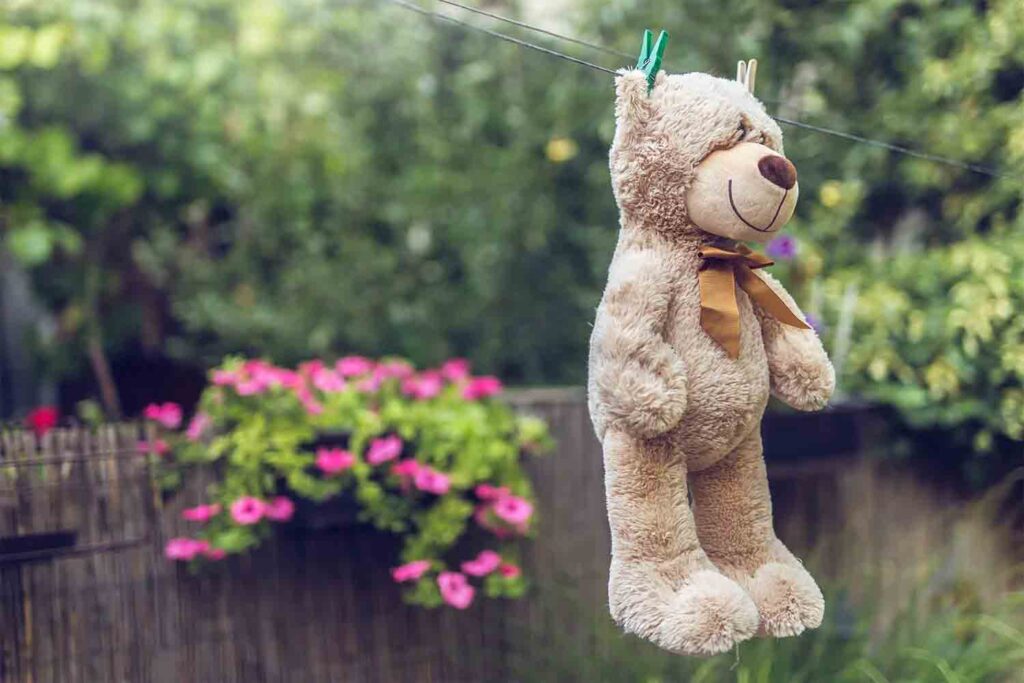
Washing soft toys gently removes dirt and oils while preserving fabric and stuffing integrity. Hand washing or machine washing on delicate cycles with mild detergent is best.
Avoid bleach and fabric softeners, which can harm fibers. Pre-soaking and using gentle agitation cleans effectively without tangling or matting fibers.
- Hand wash: Use lukewarm water and mild detergent; gently squeeze, don’t wring.
- Machine wash: Use mesh laundry bags, delicate cycle, and cold water.
- Spot cleaning: For light dirt, use damp cloth and mild soap.
- Rinse thoroughly: Remove detergent residue to prevent stiffness.
| Washing Method | Pros | Cons |
|---|---|---|
| Hand washing | Gentle, precise control | Time-consuming |
| Machine washing | Convenient, thorough | Risk of damage if not careful |
| Spot cleaning | Minimal water use | Less effective for heavy dirt |
Proper washing sets the stage for successful fluff restoration.
3.Which drying methods best revive plush toy fluffiness safely?
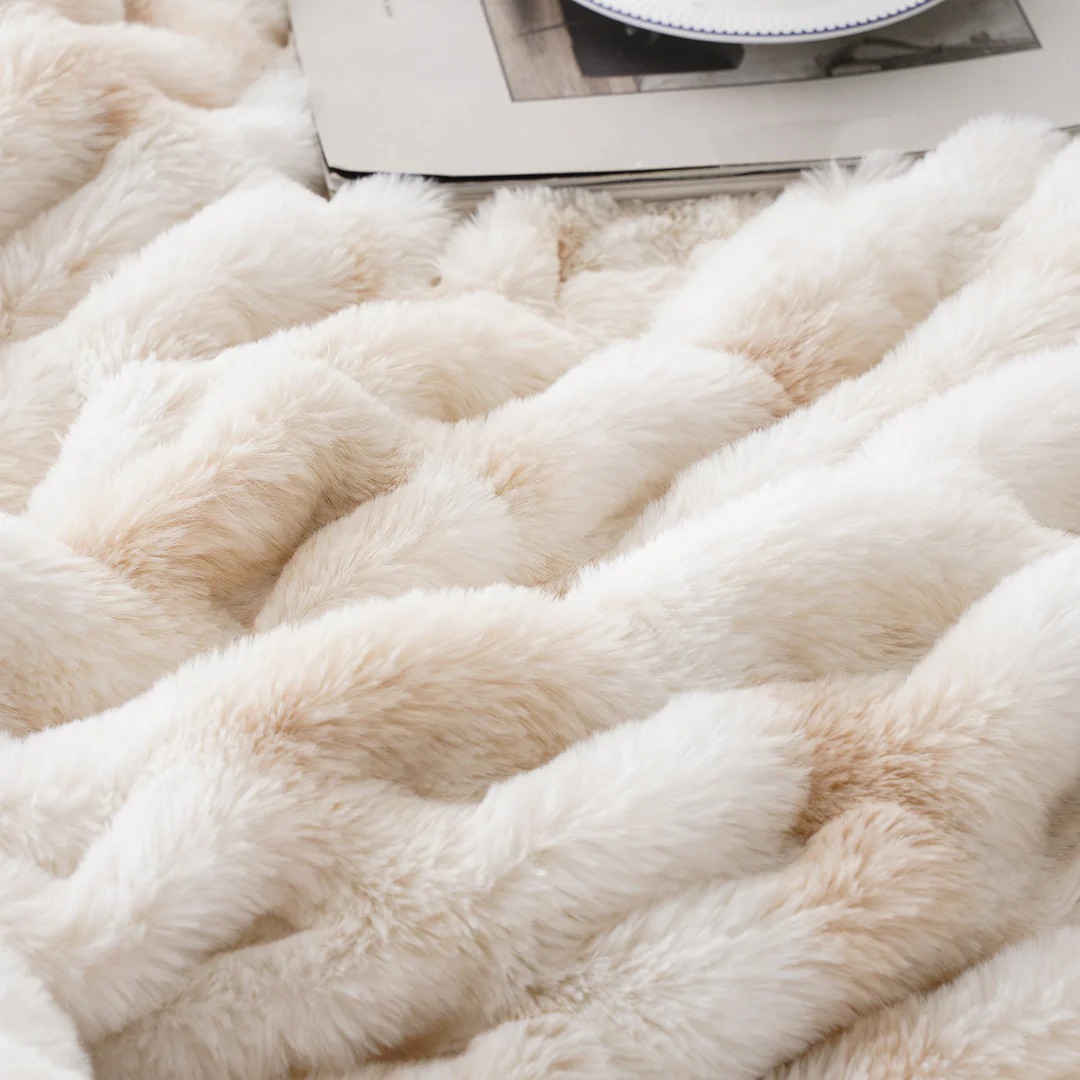
Drying method impacts fiber recovery and stuffing shape. Air drying is safest but slow; using low-heat tumble drying with tennis balls can restore fluff quickly.
Avoid high heat which melts fibers or deforms stuffing. Fluff toys periodically during drying to prevent clumping and encourage loft.
- Air drying: Lay flat or hang in a well-ventilated area; gently reshape during drying.
- Tumble drying: Use low heat with clean tennis balls or dryer balls to break up clumps.
- Sun drying: Avoid direct sunlight to prevent fading and fiber damage.
- Fluffing during drying: Periodic manual fluffing helps restore shape.
| Drying Method | Benefits | Risks |
|---|---|---|
| Air drying | No heat damage | Longer drying time |
| Low-heat tumble dry | Faster fluff recovery | Potential heat sensitivity |
| Sun drying | Natural and fresh | UV damage and color fading |
Choosing the right drying method protects and revitalizes plush toys.
4.How do fabric types affect the restoration process of soft toys?
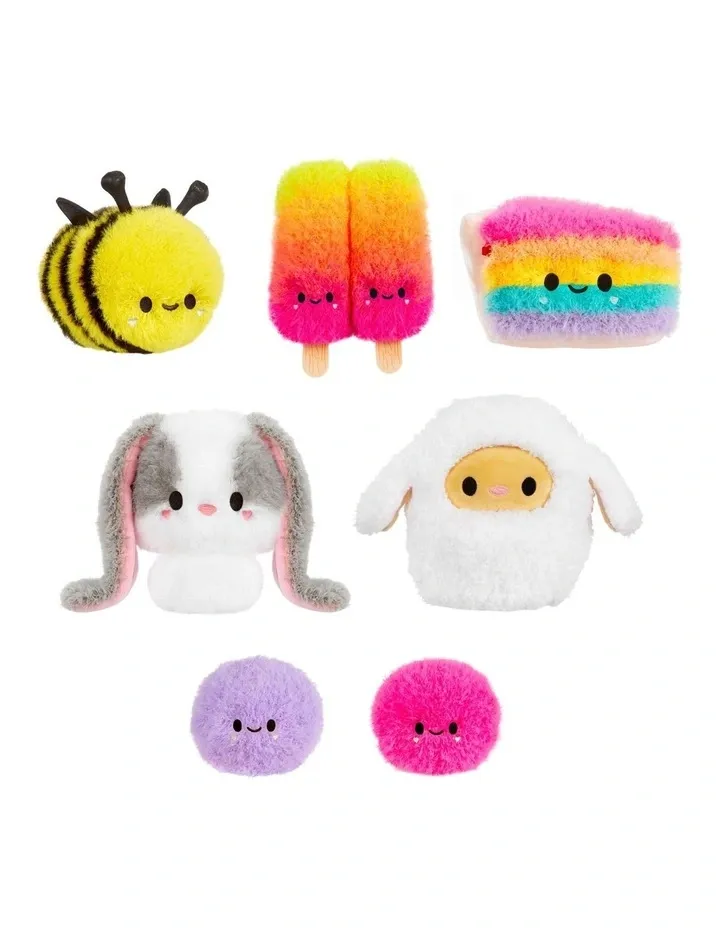
Different fabrics react differently to washing and drying. For example, microfiber and minky recover softness faster, while velboa may take longer and need extra care.
Natural fibers or blends might shrink or stiffen, requiring gentle treatment. Understanding fabric behavior helps tailor care to achieve best fluff restoration.
- Microfiber and Minky: Respond well to tumble drying with dryer balls; fast fluff recovery.
- Velboa: Requires gentle hand washing and slow air drying to avoid matting.
- Cotton blends: Risk of shrinkage; prefer cold water and air drying.
- Fleece: Durable and quick drying; gentle machine washing is acceptable.
| Fabric Type | Restoration Response | Care Recommendation |
|---|---|---|
| Microfiber | Quick fluff recovery | Low heat drying |
| Minky | Softens quickly | Gentle washing and drying |
| Velboa | Sensitive to heat | Hand wash, air dry |
| Cotton Blends | Potential shrinkage | Cold wash, air dry |
Matching care to fabric extends plush toy life.
5.What home remedies and commercial products effectively fluff soft toys?
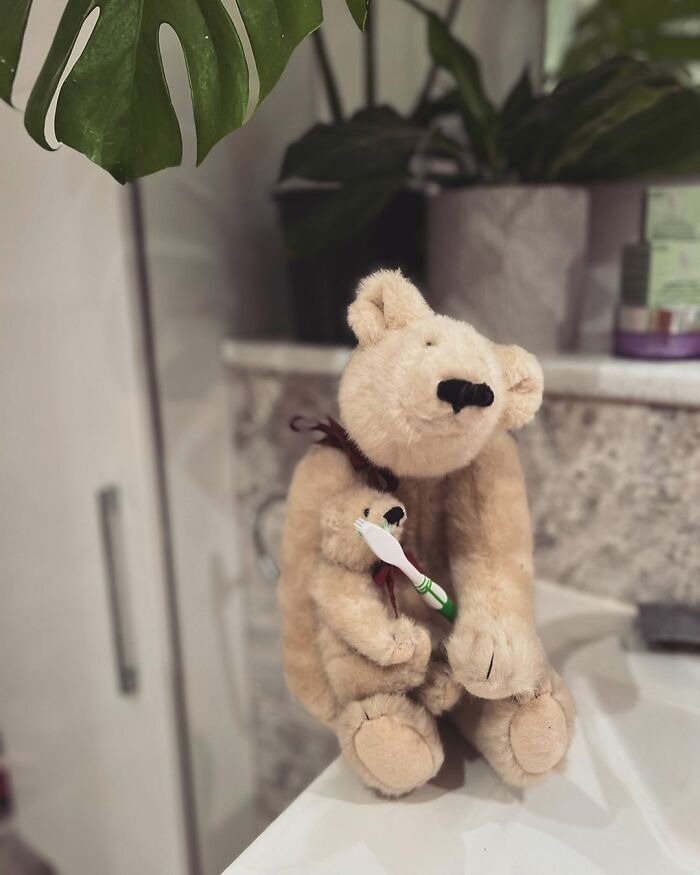
Simple home remedies like using a soft brush or gently shaking toys can revive fluff. Commercial products like fabric softeners (used cautiously) and specialized plush cleaners also help.
Brushing with a pet or soft clothing brush lifts fibers. Baking soda deodorizes and loosens dirt before washing. Always test products on small areas first.
- Brushing: Helps untangle matted fibers and restore texture.
- Shaking and Patting: Loosens compressed stuffing.
- Baking soda soak: Removes odors and refreshes fabric.
- Commercial cleaners: Designed for delicate fabrics, follow instructions carefully.
| Method/Product | Benefit | Precautions |
|---|---|---|
| Soft brush | Revives fabric pile | Avoid harsh brushing |
| Shaking/patting | Restores stuffing loft | Gentle handling only |
| Baking soda | Deodorizes and cleans | Rinse thoroughly |
| Plush cleaner | Specialized fabric care | Patch test recommended |
Combining methods often yields the best results.
6.How can manufacturers design soft toys for easier fluff restoration?
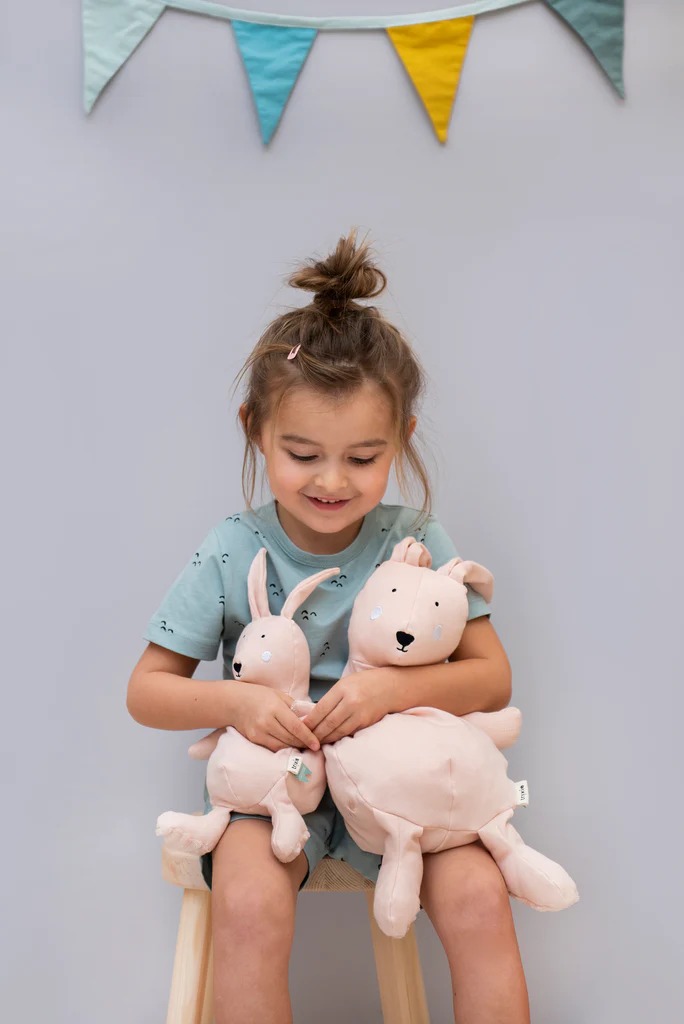
Designing with fluff restoration in mind enhances product longevity and customer satisfaction. Using durable, easy-care fabrics and secure stitching helps maintain fluff.
Incorporating features like removable, washable covers or specifying clear care instructions empowers consumers to keep toys soft longer.
- Durable fabrics: Choose fibers that withstand washing and drying.
- Reinforced stitching: Prevents leaks that cause flattening.
- Detachable covers: Allow thorough cleaning without damaging stuffing.
- Care labels: Clear instructions reduce improper handling.
| Design Aspect | Customer Benefit | Manufacturing Consideration |
|---|---|---|
| Durable fabric | Easier maintenance | Higher initial material quality |
| Secure stitching | Longer-lasting fluff | Skilled sewing required |
| Removable covers | Simplified cleaning | More complex assembly |
| Care instructions | Reduced damage risk | Requires clear communication |
Thoughtful design supports product value and customer loyalty.
Conclusion
Proper cleaning, drying, and care restore plush softness, and smart manufacturing design supports long-lasting fluffiness.
For expert advice on plush toy care and manufacturing, contact amanda@kinwinco.com or visit Kinwin Plush Toys.

